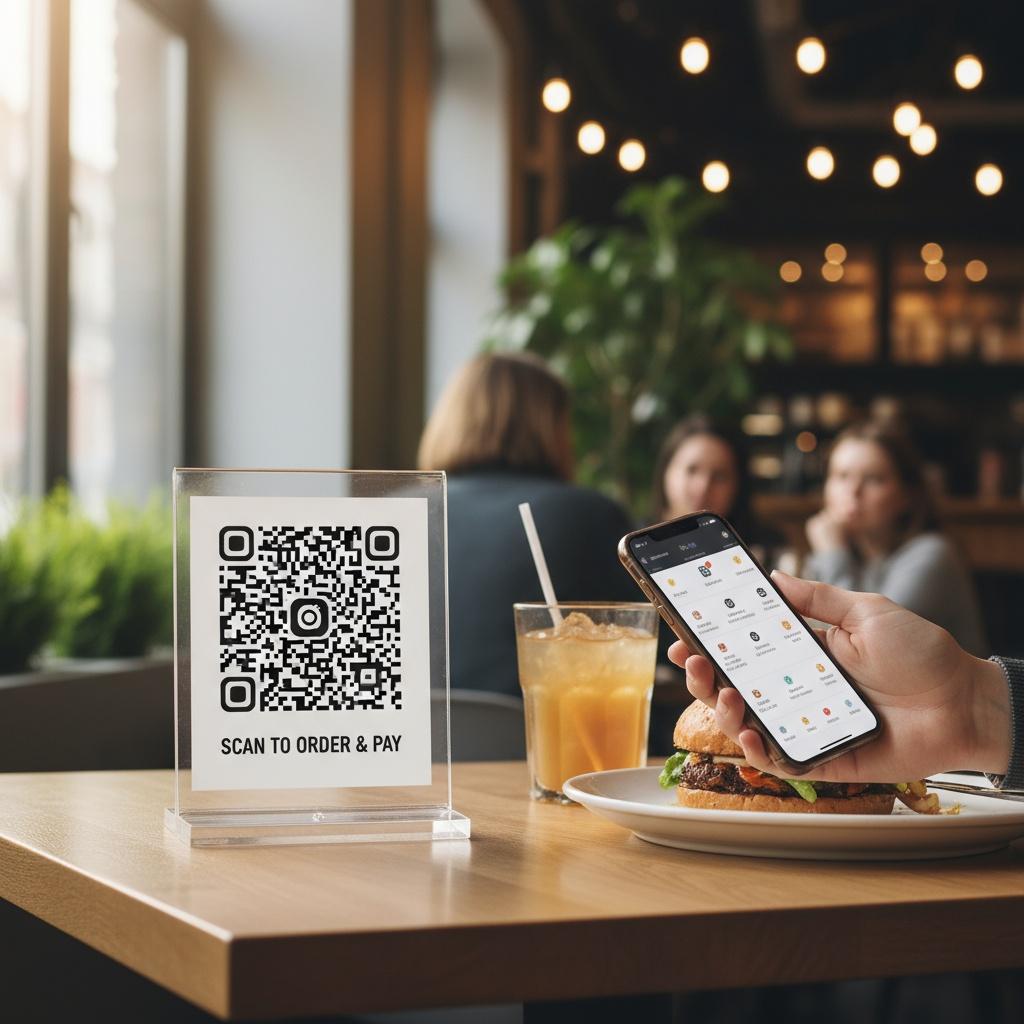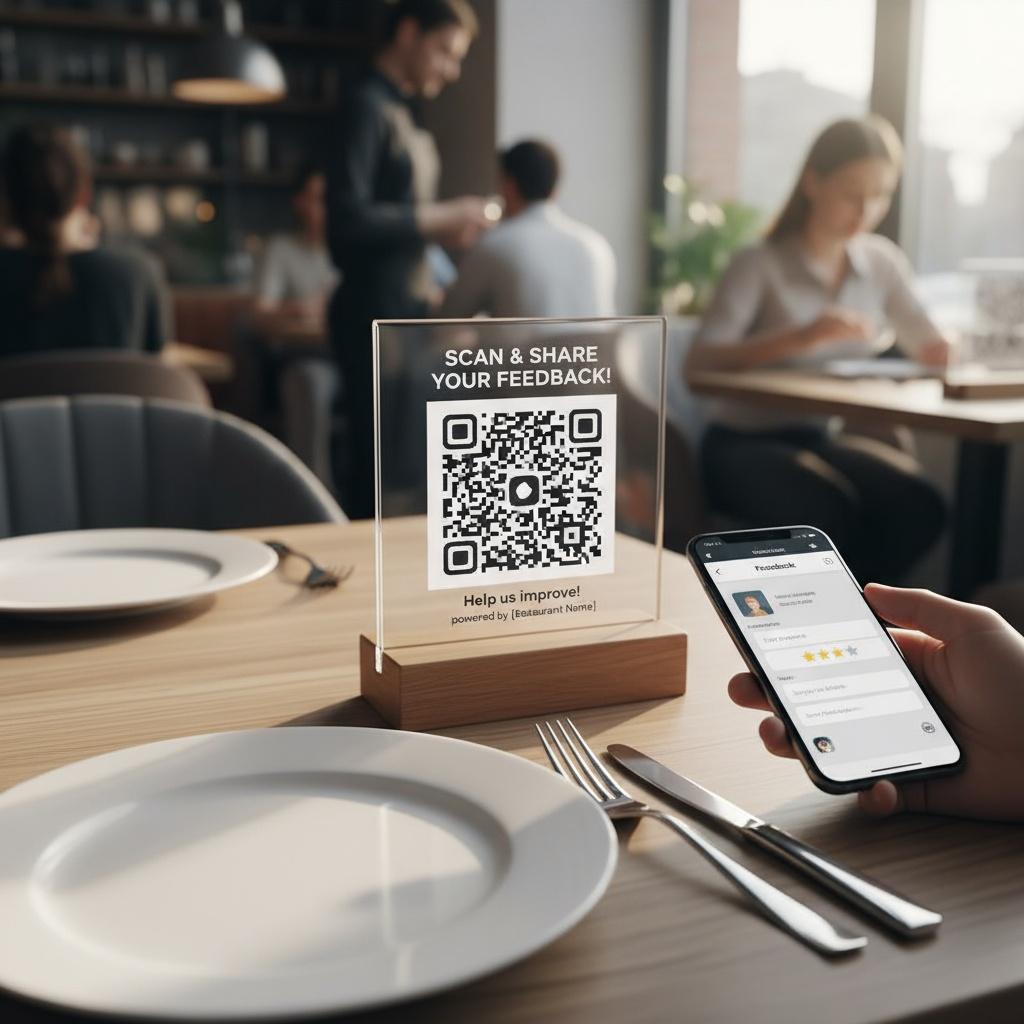

Restaurant leaders are turning QR codes in business into practical, low-cost digital transformation tools that turn real-world dining moments into measurable insights. A simple scan can route guests to a mobile-first feedback form or review page, compressing the time between experience and response. The result is more reviews, richer operational data, and a faster loop between service improvements and guest satisfaction—core to modern marketing strategies that prioritize agility and customer voice.
Paper comment cards miss the moment; QR code feedback forms capture it. Whether on table tents, receipts, coasters, or takeout packaging, QR journeys meet guests where they are with zero typing friction. This shift isn’t just a tech swap—it’s a mindset change: real-time, mobile-native experiences that raise completion rates, reduce bias caused by recall delays, and create consistent signals managers can act on during the same shift.
Where and when you present the code matters as much as what it links to. Focus on obvious sightlines and natural pauses—when the check arrives, as the last plate clears, or on the to-go bag. Train staff to point out the code with a one-sentence prompt and a sincere thank-you. For a deeper dive on effective placements and operational touches, see the Black Box Intelligence guide on capturing restaurant survey feedback at Black Box Intelligence guide on capturing restaurant survey feedback.
Keep forms short, mobile-optimized, and branded: 3–5 questions, one open field, and optional contact info for follow-up. If routing to public reviews, avoid incentives and do not “gate” feedback; offer the same path to all guests. Clear CTAs, progress indicators, and fast load times lift completion and satisfaction. For practical UX tips and scan-to-feedback mechanics, check out Customer Thermometer’s playbook for QR-based customer feedback at Customer Thermometer’s playbook for QR-based customer feedback.
Equip teams with a simple, natural script: a thank-you, a brief invite to scan, and reassurance it takes under a minute. Reinforce with clear signage at the host stand, bar, and tables. If you offer a loyalty perk, tie it to completing feedback—not to posting a positive review—to stay compliant. For restaurant-specific review workflows and what to avoid, see Marqii’s review generation best practices for restaurants at Marqii’s review generation best practices for restaurants.
Track scan rate, form completion rate, review volume, star-rating trends, and topic sentiment. Use UTM parameters and unique QR codes per placement to find what converts best. Close the loop by sharing themes at pre-shift meetings, adjusting staffing or menu execution, and following up with guests when appropriate. Treat this as a continuous improvement engine—not a one-time campaign—and you’ll turn QR code feedback into compounding operational gains.
Trust is a growth multiplier. Disclose how you’ll use feedback, honor opt-outs, and secure any personal data collected. Avoid review gating, comply with platform policies, and ensure your survey and review links are consistent across locations. Over time, the combination of clean data, respectful practices, and steady volume of authentic reviews strengthens local SEO, improves guest retention, and creates a durable advantage for brands that embrace digital transformation tools the right way.
QR code feedback forms turn everyday dining into a high-signal, low-friction conversation with your guests. By pairing smart placement, frictionless UX, staff enablement, and rigorous measurement, restaurants can amplify authentic reviews and accelerate service improvements. As modern marketing strategies converge with operations, these tiny squares become powerful bridges—from the table to insight, from feedback to loyalty, and from one great experience to many more.